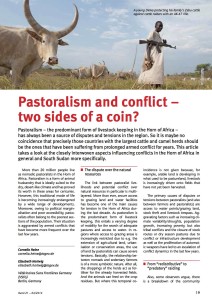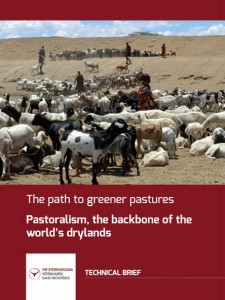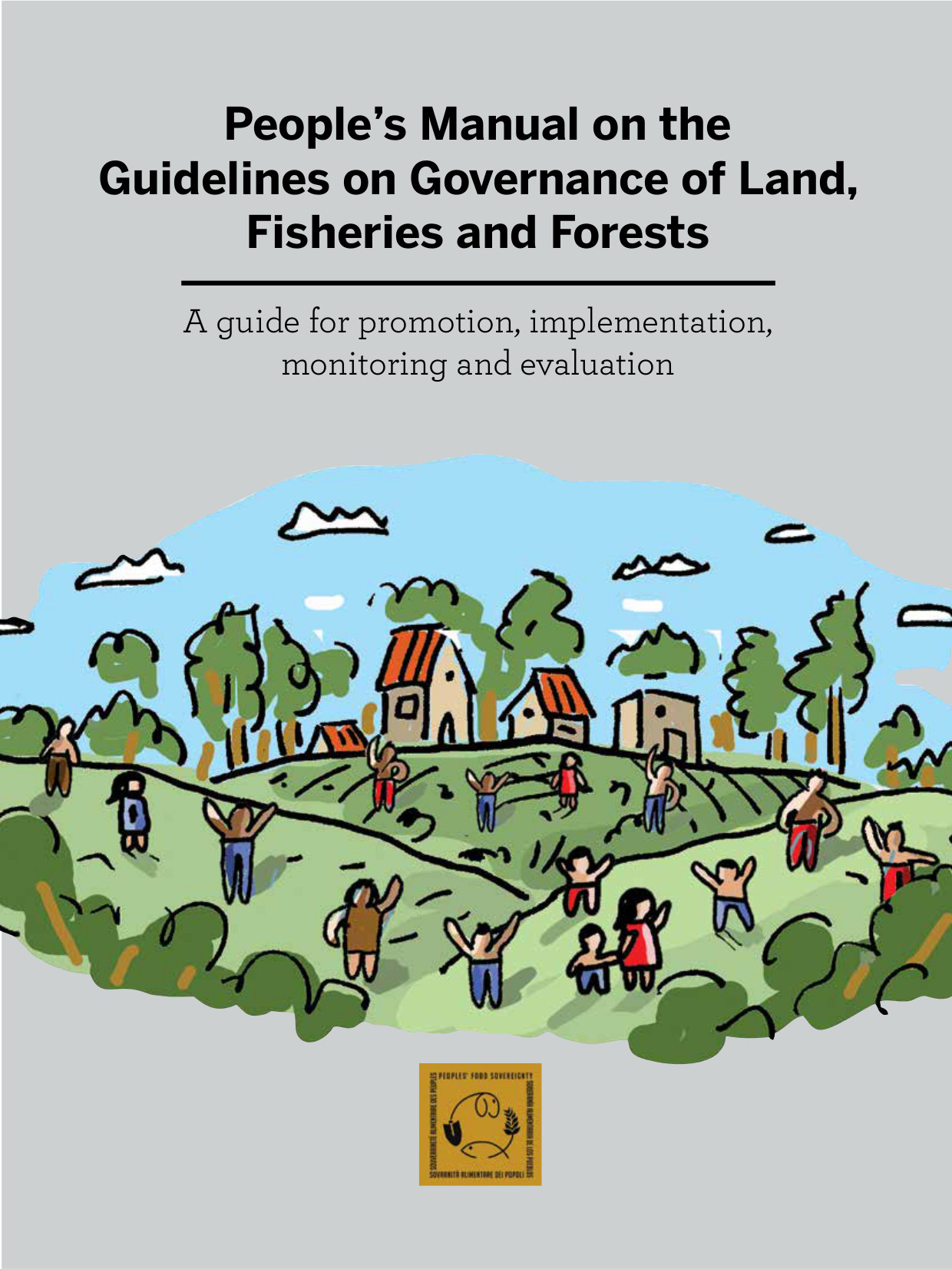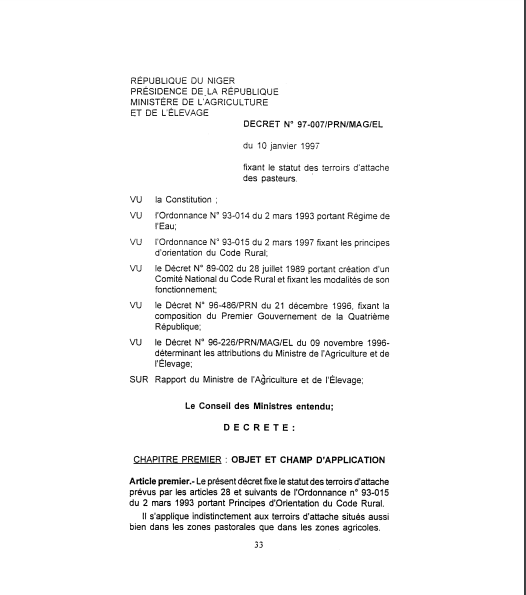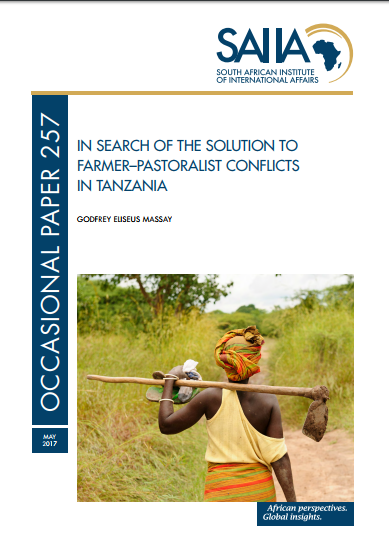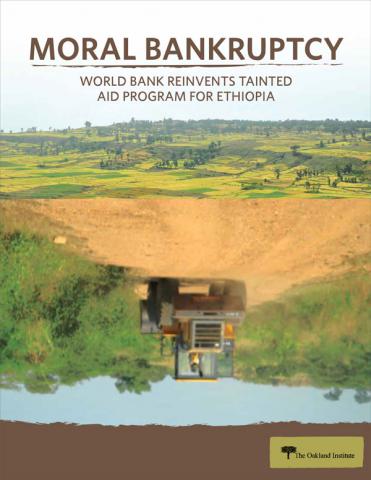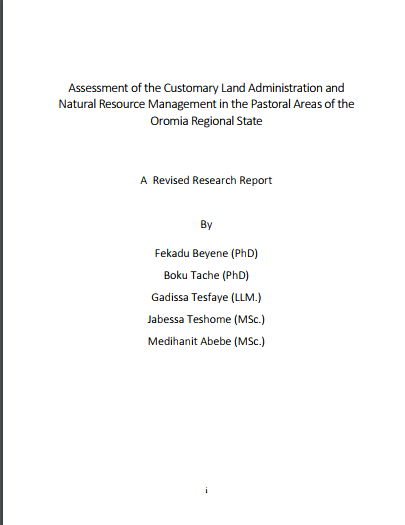RECIPROCAL RESOURCE AGREEMENT DOCUMENTATION
Marsabit County is situated in the northern part of Kenya, bordering the Republic of Ethiopia to the north and Lake Turkana to the west. With approximately 66,000 square kilometres of which 4,956 km2 are covered by Lake Turkana, the foremost part of Marsabit County is an extensive plain which lies between 300m and 900m above sea level. It is characterized by a population density averaging 2 persons per km2 and a distribution varying between 1 person up to 22 persons per km2, depending on the scarcity of water as well as the amount of permanent and semi-permanent settlements.




